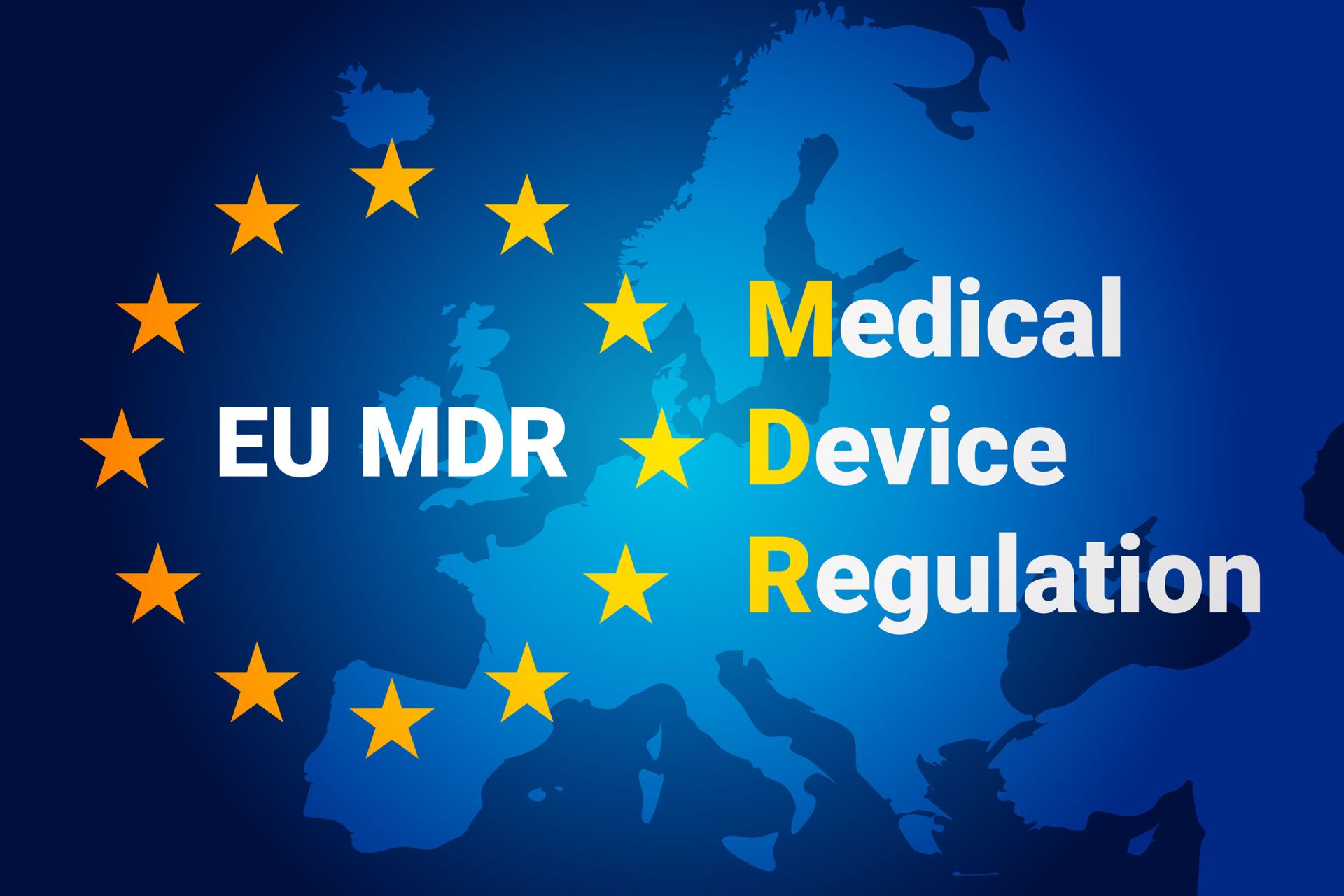Contact Us
We will get back to you as soon as possible
Please try again later
Innovative Devices Access Pathway (IDAP) Pilot: Application Guidance Overview
Innovative Devices Access Pathway (IDAP) Pilot: Application Guidance Overview
The Innovative Devices Access Pathway (IDAP) is a pilot initiative launched by the UK government to accelerate patient access to novel, high-impact medical technologies and devices. The pathway aims to support the introduction of innovative products to the market more efficiently, enabling faster adoption into clinical practice, while maintaining safety standards and ensuring cost-effectiveness for the National Health Service (NHS).
The IDAP Pilot Application Guidance provides key instructions for manufacturers and developers wishing to participate in the pilot phase of this pathway. It outlines the application process, eligibility criteria, and support available to applicants, as well as the criteria for selection.
Purpose of the IDAP
The IDAP aims to provide a more streamlined and flexible route to market for medical devices that demonstrate significant clinical benefits and the potential to address unmet healthcare needs. By reducing the barriers to market access, the pathway supports the introduction of transformative technologies into the NHS, improving patient outcomes and driving innovation in the healthcare sector.
This initiative aligns with the broader goals of the UK’s Medical Technology Strategy, which seeks to foster innovation while ensuring the safety and effectiveness of medical devices used in healthcare settings.
Key Features of the IDAP
1. Accelerated Access to Market: The IDAP provides a faster, more flexible route to NHS adoption for innovative medical devices that have the potential to significantly improve patient care. It aims to address the long and complex approval processes traditionally faced by new medical technologies.
2. Collaborative Support: The pathway involves collaboration between manufacturers, regulatory bodies, and the NHS. Participants in the IDAP pilot will receive support from the Medicines and Healthcare products Regulatory Agency (MHRA) and NHS England, which will provide guidance on regulatory compliance, market access, and implementation strategies.
3. Early Engagement with the NHS: The program facilitates early discussions between innovators and healthcare providers, ensuring that devices meet the clinical needs of healthcare professionals and patients. This early engagement also enables manufacturers to address any barriers to implementation before the technology reaches the market.
4. Patient-Centered Focus: Devices eligible for the pathway should offer clear benefits to patients, either through improved treatment outcomes, reduced recovery times, or better quality of life. The IDAP aims to ensure that new technologies address key healthcare challenges and offer tangible improvements in patient care.
Eligibility Criteria for the IDAP Pilot
To apply for the IDAP pilot, applicants must meet several criteria:
1. Innovative Technology: The device must be novel or significantly improved from existing alternatives. It should have the potential to address a major healthcare need or improve patient outcomes significantly.
2. Clear Clinical Evidence: Applicants must provide robust clinical evidence demonstrating the efficacy, safety, and potential benefits of the device. The evidence should support claims that the technology is capable of delivering meaningful improvements in patient care.
3. Regulatory Approval: While the IDAP provides an accelerated access route, applicants must ensure that their device meets the necessary regulatory standards. Devices should be CE-marked (for European markets) or follow the applicable regulatory procedures for the UK market under the MHRA.
4. NHS Relevance: Devices must have potential utility within the NHS, demonstrating clear applicability to healthcare settings and a clear pathway for adoption.
5. Commitment to Data Sharing: Successful applicants must agree to share clinical data and outcomes related to their device. This data will be essential for assessing the technology's impact and for guiding its integration into the NHS.
Application Process
1. Initial Screening: Applicants will need to submit a detailed application form, including background information on the device, its clinical evidence, and its intended use in healthcare. This stage will determine if the technology meets the basic eligibility requirements.
2. Engagement and Support: Once the initial application is reviewed, applicants will engage in discussions with stakeholders from the MHRA, NHS England, and other regulatory bodies. This step helps ensure that the device meets the necessary clinical and regulatory criteria for entry into the pathway.
3. Selection and Participation: Successful applicants will be invited to join the pilot program. Selected devices will benefit from bespoke support packages tailored to help them navigate regulatory challenges, improve evidence generation, and facilitate NHS adoption.
4. Ongoing Monitoring and Evaluation: Devices participating in the IDAP pilot will be monitored throughout their lifecycle, with data collection to evaluate their impact on patient outcomes, cost-effectiveness, and integration into clinical practice. Regular reviews will inform decisions on further rollout and wider NHS adoption.
Support Provided to IDAP Participants
The IDAP pilot offers a range of support mechanisms for participating manufacturers and innovators:
- Regulatory Advice: Guidance on regulatory approval processes and how to expedite market access for medical devices.
- NHS Engagement: Opportunities for early collaboration with NHS stakeholders to ensure smooth integration of the device into clinical practice.
- Clinical Evidence Development: Support to help develop and refine clinical evidence that demonstrates the value and effectiveness of the device.
- Market Access Guidance: Assistance in navigating NHS procurement processes and understanding the cost-effectiveness assessments required for widespread adoption.
Benefits of Participating in the IDAP Pilot
For innovators, the IDAP pilot offers several key benefits:
1. Faster NHS Adoption: Devices that successfully navigate the pathway may be adopted more quickly by the NHS, leading to faster patient access to innovative technologies.
2. Increased Visibility: Participation in the IDAP pilot raises the visibility of devices, increasing their chances of widespread adoption across the healthcare system.
3. Tailored Support: Manufacturers benefit from targeted guidance to overcome barriers to market entry, including navigating regulatory hurdles and addressing NHS procurement challenges.
4. Positive Impact on Patient Care: Innovators have the opportunity to make a significant difference in patient outcomes by introducing groundbreaking devices to the healthcare system.
Conclusion
The Innovative Devices Access Pathway (IDAP) pilot is an important initiative that aims to accelerate the introduction of innovative medical devices into the UK healthcare system. By streamlining regulatory processes, fostering early collaboration with NHS stakeholders, and supporting evidence generation, the IDAP provides manufacturers with a structured and supportive route to market.
As the IDAP continues to evolve, it will play a crucial role in ensuring that the NHS benefits from the latest advancements in medical technology, improving patient care and addressing key healthcare challenges. Manufacturers looking to participate in the pilot should review the application guidance thoroughly, ensuring that their device meets the eligibility criteria and is positioned to make a positive impact on healthcare delivery.




